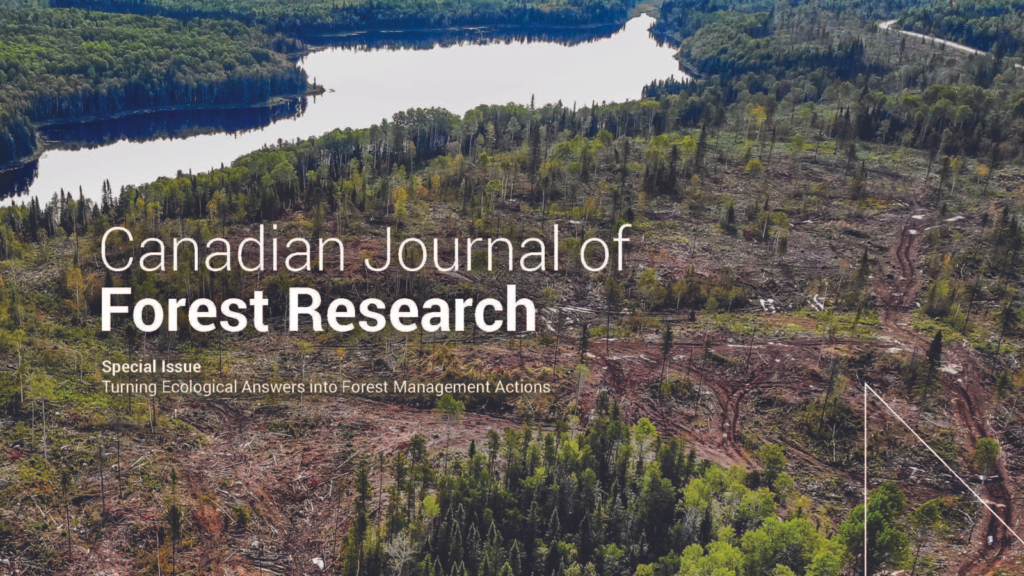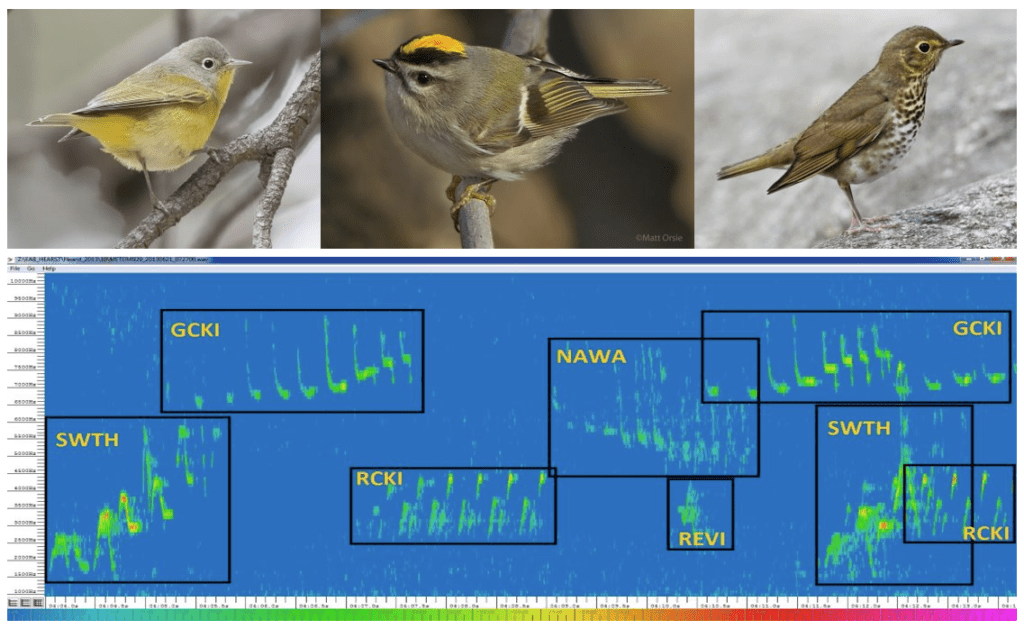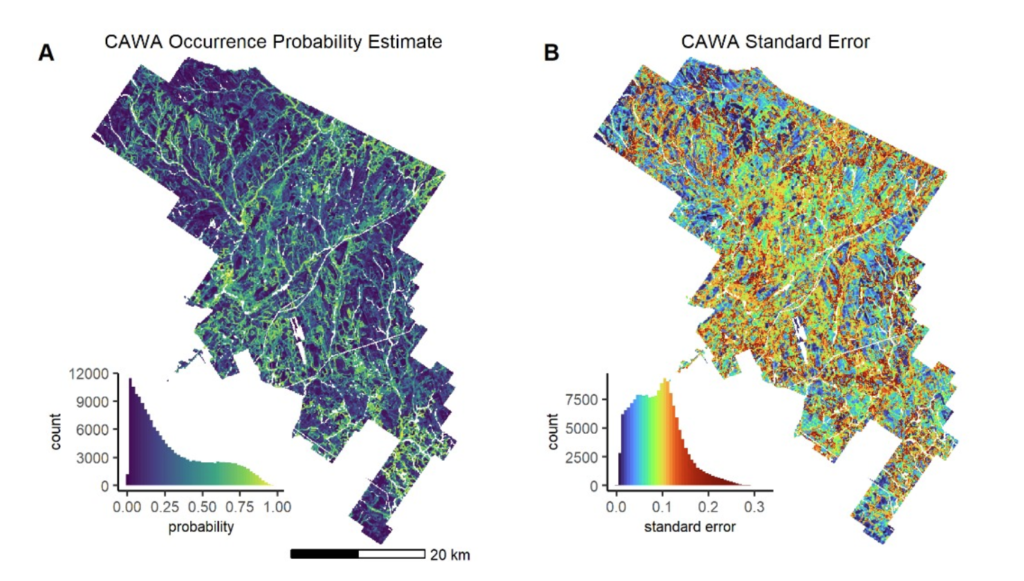 Canadian Science Publishing is excited to introduce Dr. Lisa Venier as the new co-Editor-in-Chief of the Canadian Journal of Forest Research (CJFR). Dr. Venier recently served as the acting co-Editor-in-Chief of CJFR and has been an Associate Editor of the journal for over 16 years. Dr. Venier will be working alongside co-Editor-in-Chief Dr. Sylvie Gauthier, succeeding Dr. S. Ellen Macdonald, who will be moving into a Consultant Editor role after leading the journal for the past five years.
Canadian Science Publishing is excited to introduce Dr. Lisa Venier as the new co-Editor-in-Chief of the Canadian Journal of Forest Research (CJFR). Dr. Venier recently served as the acting co-Editor-in-Chief of CJFR and has been an Associate Editor of the journal for over 16 years. Dr. Venier will be working alongside co-Editor-in-Chief Dr. Sylvie Gauthier, succeeding Dr. S. Ellen Macdonald, who will be moving into a Consultant Editor role after leading the journal for the past five years.
Dr. Venier brings a wealth of knowledge to the journal. She currently works as a senior research scientist with the Canadian Forest Service of Natural Resources Canada. Her research examines what biodiversity indicators can tell us about forest integrity and the sustainability of forest management. She works with industry and various levels of government to inform the development of forest management policies and at multiple scales—from the soil microbiome to national indicators of degradation. She uses a variety of approaches including metabarcoding, autonomous bird recording, analyzing remote sensing data, and simulation modelling.
Join us in welcoming Dr. Venier to this new role as we learn more about her research career and ideas for the future of CJFR in this Q&A.








